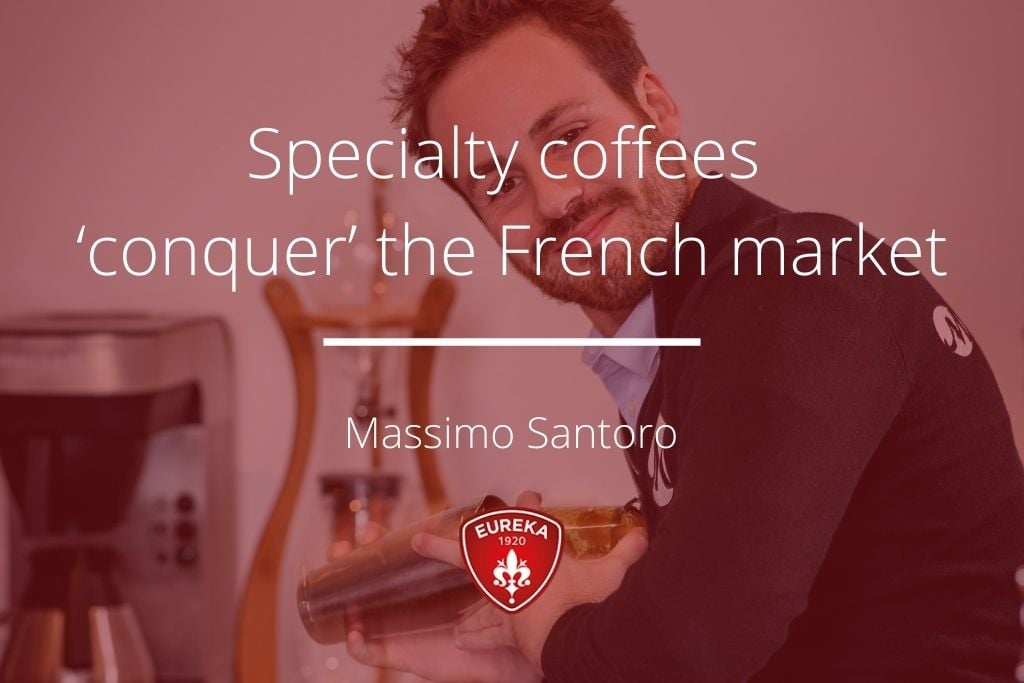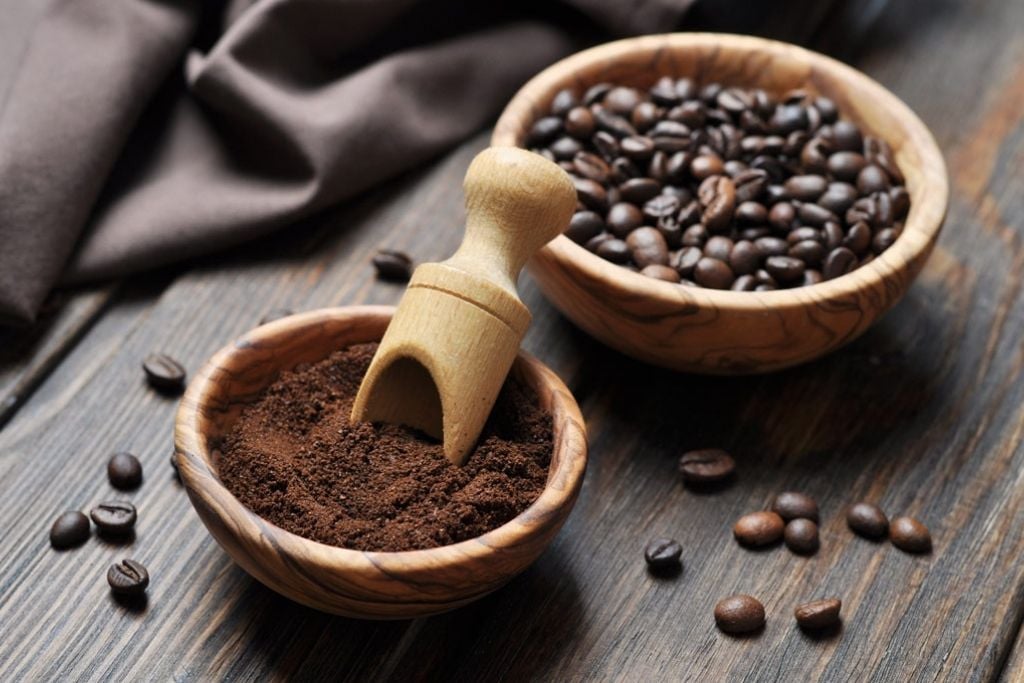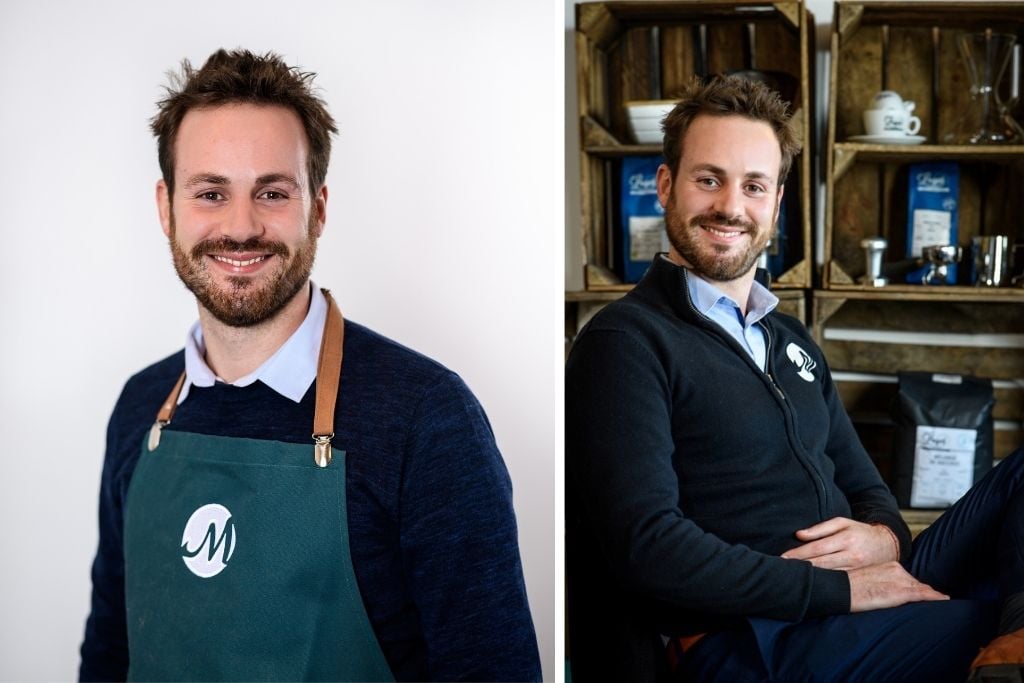Eureka Blog
Specialty coffees ‘conquer’ the French market, through Massimo Santoro’s first-hand experience

Let’s explore the point of view of one of Italy’s so-called ‘brain drains’, Massimo Santoro, barista and ‘coffee coach’ from the province of Pistoia who has been living in France for many years. Massimo presents a new ‘coffee movement’, at times different from the Italian one, where high-quality coffee is taking hold more easily and ‘specialty coffees’ are becoming more and more popular.
Massimo, tell us about your cultural background in the world of coffee.
Just like many other baristas in Italy, I started working in clubs and cocktail bars. I then met Andrea Lattuada, in my opinion a pioneer in the Italian high-quality coffee industry. Andrea is a well-known trainer, founder of the 9Bar school (the name comes from the pressure of the coffee machine, editor’s note); he passed down to me his passion for coffee. In 2011, I left Italy to travel and work as a barista in several European countries. At the beginning of 2015 I decided to settle in France, and I started my career in Paris at the Grand Pigalle Hotel where I worked as head barista. Afterwards, I moved to Marseilles and was recruited by a barista and bartender training school. This is when I first approached the world of competitions. My journey in this industry is just like a beautiful love story.
You worked in coffee shops and also took part in several championships. Tell us more about this.
In 2017 I took part in my very first competition, the France Barista Championship, and I finished in third place. I was really happy and became even more self-confident. The following year, I tried again with an even bigger goal: I wanted to win the Championship, and I did! A few months later, I moved to Bordeaux and ever since I have taken on a new professional challenge; I am pleased to say I am in charge of MaxiCoffee, my amazing French family.
Baristas school
To be able to work on the other side of the counter there is a great need for training an ongoing growth, from technical to social skills. We must not forget the variety of coffees, from specialty coffees to assorted blends, and a state-of-the-art machine, in line with the newest technology in the sector.
What makes a good barista? What are the main skills needed for the job?
As I always tell my students, a good barista presents the right mix of three essential features: technique, professionalism and, most importantly, being able to welcome customers. Professionals working in this industry need to be technically prepared, know the raw materials they work with and be able to talk about coffee just like sommeliers talk about wine. As a matter of fact, speed, passion and organizational skills are fundamental, yet way too often overlooked. The real secret is to smile, get along with people and show empathy. A good barista is a good listener, knows how to communicate and can advise customers; the special ingredient is to always smile.
What is your advice for baristas who want to grow professionally?
First of all, they should have different varieties of coffee. In coffee shops, baristas should always be able to offer special, high-quality coffee and more basic blends. This way, customers who usually prefer ‘bitter’ coffee might get curious and opt for high-quality coffee, becoming more aware of the difference. At first, the ‘new’ drink may resemble a ‘destabilising’ sensory experience, but if such experience has an impact on the customers, they may decide to come back to taste different blends. Moreover, the machine used should not be underestimated. In our industry, a quiet coffee grinder that ensures uniform granulometry and can offer regular doses each time, eliminating waste, really makes a difference.
So, the machine technology used has an impact on the quality of coffee.
A lot of progress has been made in the last few years. Grinding plays a key role in the way each cup of coffee turns out. Let me explain what I mean. Without uniform granulometry you cannot make a well-balanced coffee, as ground coffee can have different shapes and sizes. This is why I have managed to provide my students with the best machines available. I really try to focus on technical aspects, understanding the pros and cons of each grinder, and I try to explain the added value of the machines and why the price and performance can vary so much from one to the other.

Overview of the French coffee industry
Let’s make the best of Massimo’s privileged point of view and have a look at the French coffee industry as a whole, highlighting some positive aspects – such as the recent rapid growth of specialty coffee – and the ongoing debate on the average price of an espresso, two important ingredients of an industry really focused on quality.
Can you draw a picture of the coffee industry in France and Italy? What are their strengths and weaknesses?
The French coffee industry is doing very well. Compared to five years ago, coffee has undergone an incredible evolution, especially in large cities. Thanks to my experience managing a training school, I have had the opportunity to take a closer look at the industry and found that restaurants, coffee shops and hotels are more aware of the importance of serving their customers high-quality coffee. In France – especially in large cities – specialised coffee shops are becoming more popular. These coffee shops do what could be defined as ‘alternative’ extraction (that is, the so-called ‘slow coffee’): V60, Chemex, French Press, a type of extraction that does not resort to the benefits of pump pressure but undergoes a more natural extraction process. The final result is a drink with more caffeine, recommended in the first half of the day. I believe ‘slow coffee’ enhances and intensifies all the aromas of coffee, while espresso – which is more common – focuses more on the colours and aromas of the raw material. In other words, if a customer says: “I would like a cup of coffee”, it is not so obvious nor easy for the person behind the counter to really know what to prepare. This is when the barista must show social, relational and technical skills.
Price is now an important factor. In Italy, there is an open debate. How much should coffee cost, and why?
The Italian and French markets are quite different. In France, customers are willing to pay a bit more for higher quality: the average price of an espresso is set between EUR 1.50 and EUR 2, and in larger cities such as Paris, it could also reach EUR 3. The opening of specialised coffee shops has increased the offer of products, especially in the last five years.

Massimo’s favourite cup of coffee
Let’s wrap it up with a couple of questions for our barista and coffee lover: Massimo, tell us more about the flavours and aromas that make your heart beat.
What is the aroma or taste that has impressed you the most in a coffee?
I was most impressed by the coffee I used for the Barista Championship in 2018. It was a Villa Lobos variety from Costa Rica, naturally processed, frozen overnight and left to dry for three weeks until it reached 12% humidity. Thermal shock allows coffee beans to absorb more sugar, thus becoming naturally sweet with a wonderful aroma of cherry or dark chocolate. I am currently testing the single origin of a very fine variety, but this is a secret I will talk about at my next international competition.
The perfect coffee according to Massimo Santoro.
I think there is no such thing as a perfect coffee. Each person has a different sensory experience based on culture and habits. In my opinion – and I think many people would agree – coffee should have a medium level of acidity, intense sweetness and low bitterness. To make similar coffee, you should always know the main characteristics of the raw materials, which are easy to discover. Among these, the altitude of plantations, choosing beans grown at over 1,600 metres of altitude (the higher the bean is grown, the more it develops acidity), as well as the quality of processing and storage, which really makes a difference. Knowing the producer and the roaster is also fundamental. Baristas need to be professionally trained in all aspects as they are the link in the supply chain. It only takes 30 seconds for one extraction, and in that same amount of time you could jeopardize the work of dozens of people, compromising a unique product.
